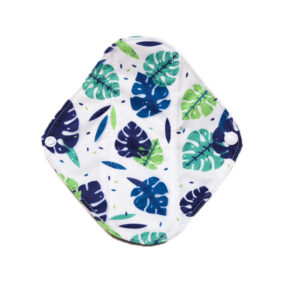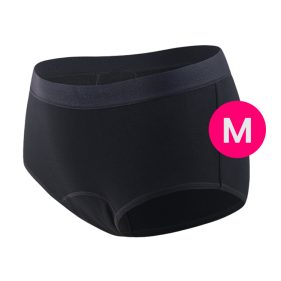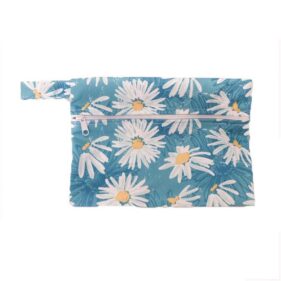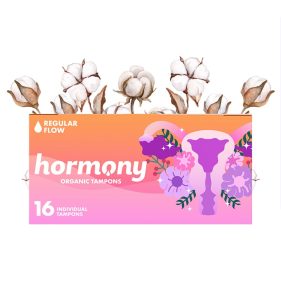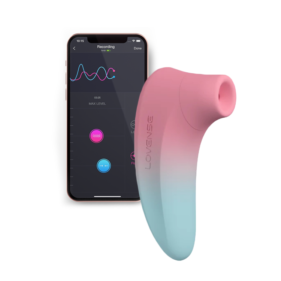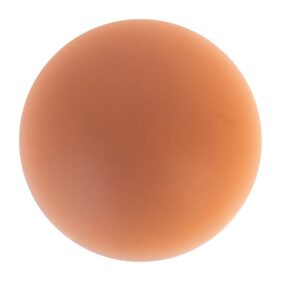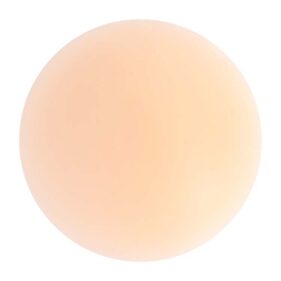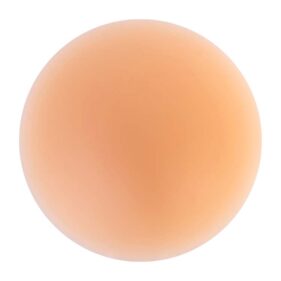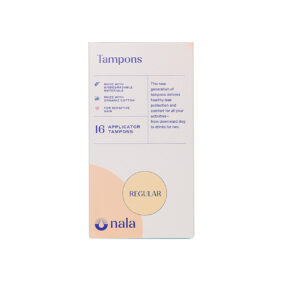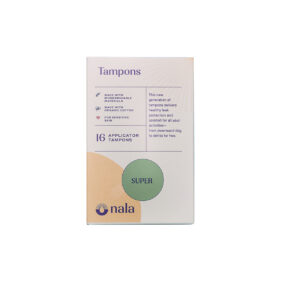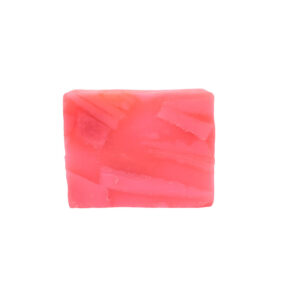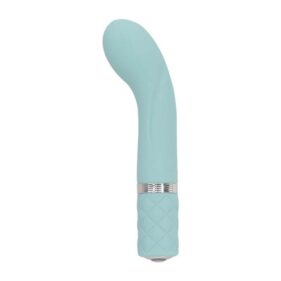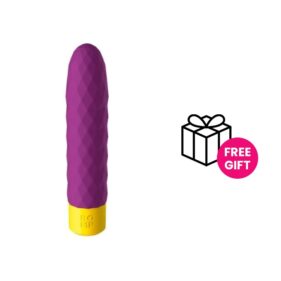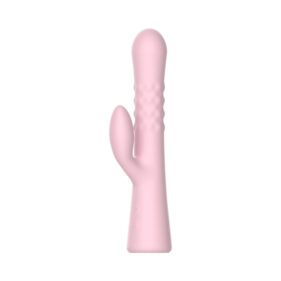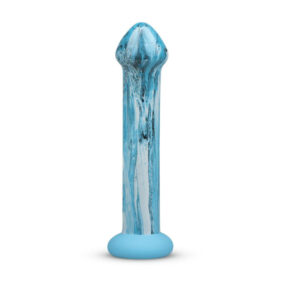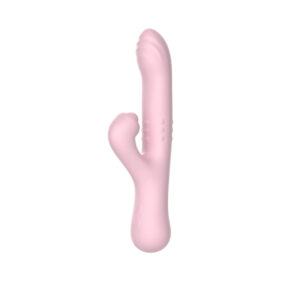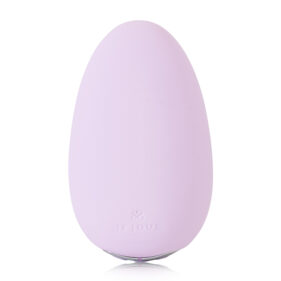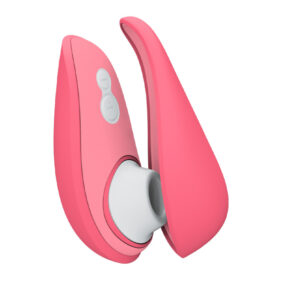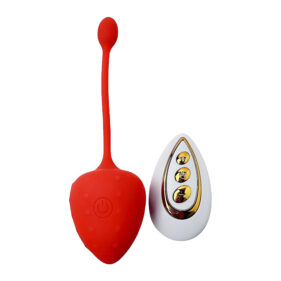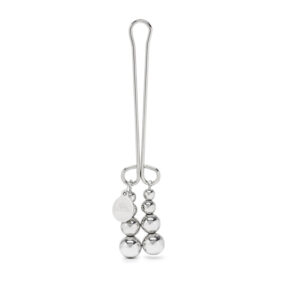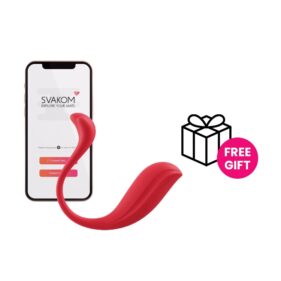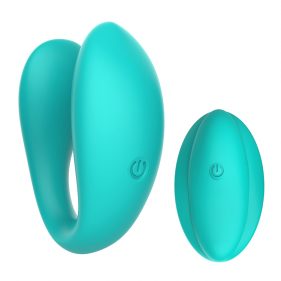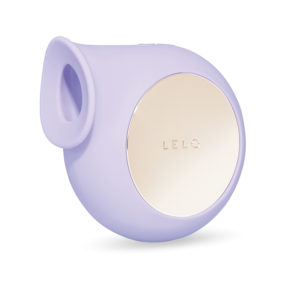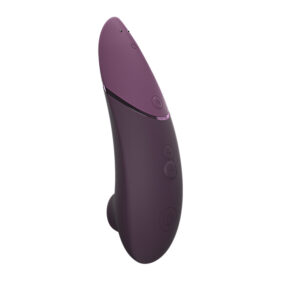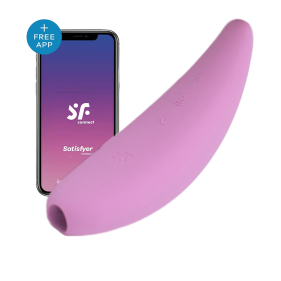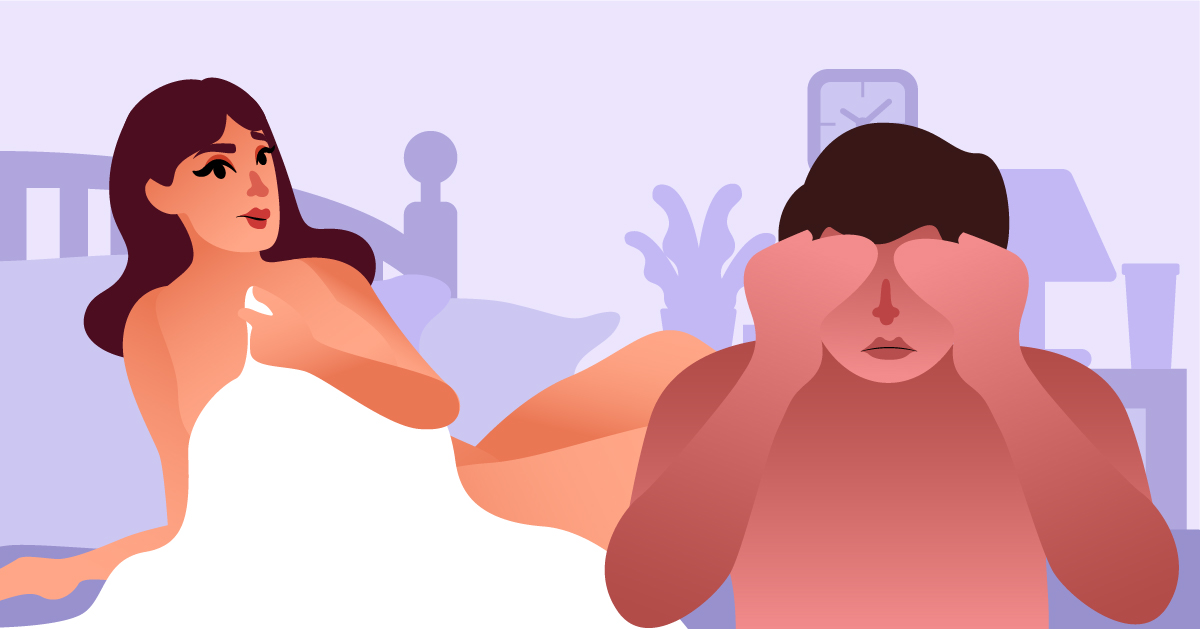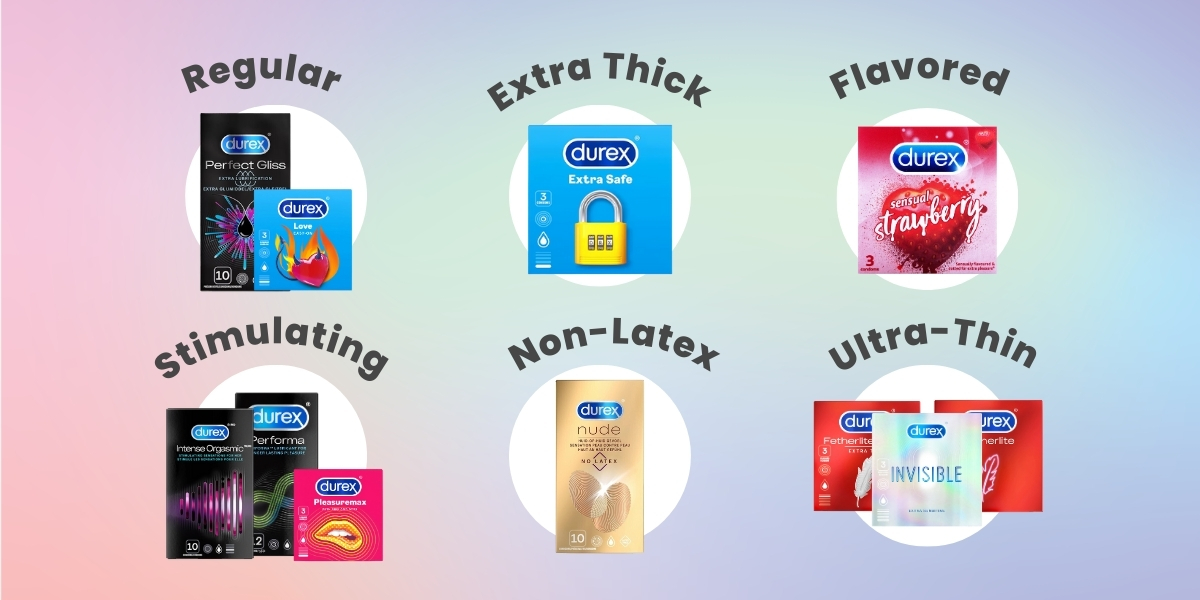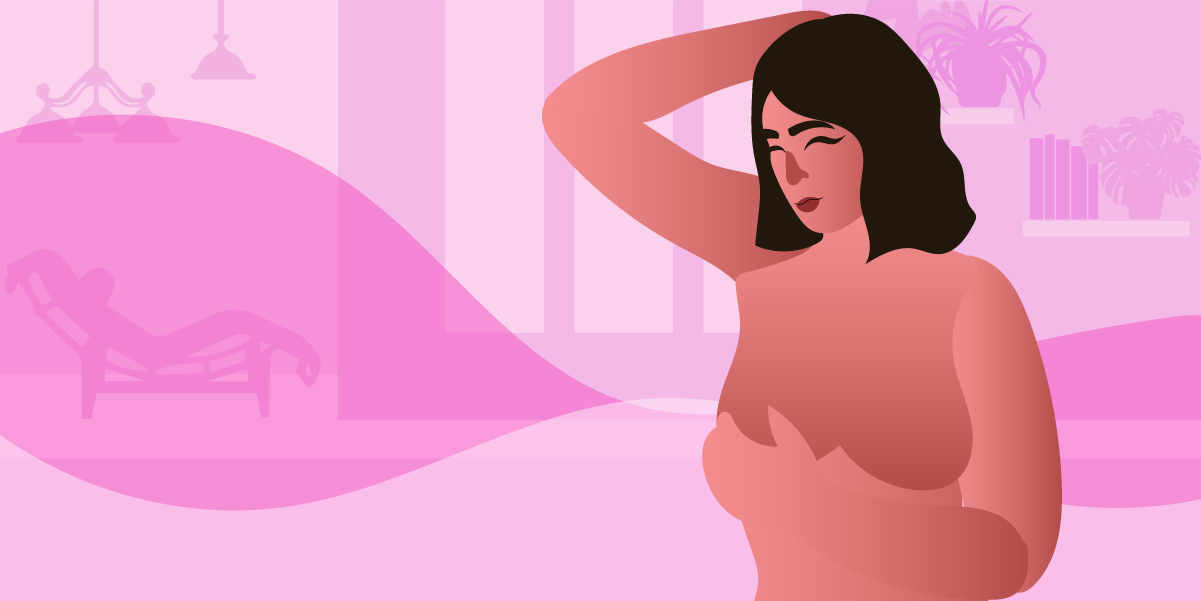
Breasts are often an important factor in women’s body image and sexuality. However, a few people only do the necessary checkups for this area, such as a breast self-exam. This shouldn’t be the case, though, as taking regular breast exams can provide early detection for breast cancer and get the needed treatment as soon as possible.
However, a breast self-exam isn’t necessarily taught in health classes, and even if it is, most lessons don’t include a step-by-step process and are often introduced shortly in the class. With that being said, we’ve got a beginner’s guide that could help you go through the process when doing this test. And if you have further questions about self-breast exams, we’re also going to answer frequently asked questions about this topic.
What is a Breast Self-Exam?
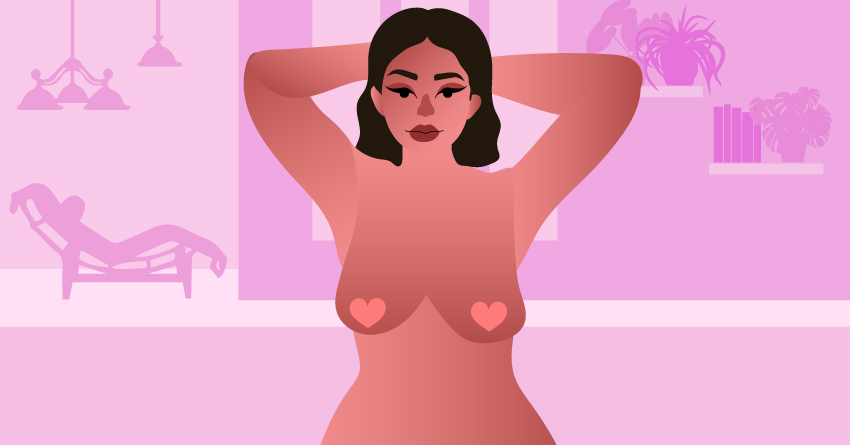
This health exam is designed to help a person determine if their breasts are normal and healthy or if there’s an underlying condition that needs to be addressed through a medical professional. It involves observing and touching your breasts.
However, you shouldn’t also 100% rely on a breast self-exam to see if your breasts are okay or not. Some conditions may not pose symptoms that can be touched or observed. If you feel something is wrong with your boobs, but no bump or mark indicates an abnormality, it’s better to still consult your doctor.
How to Perform Breast Self-Exam
If you have regular visits with your doctor, we recommend asking for a demo of a breast self-exam. But if you don’t visit your healthcare provider that much and would just want to learn this exam at home, you can do just that. Below are steps on how to perform a breast self-exam.
1Perform the exam a few days after your monthly menstrual cycle ends.
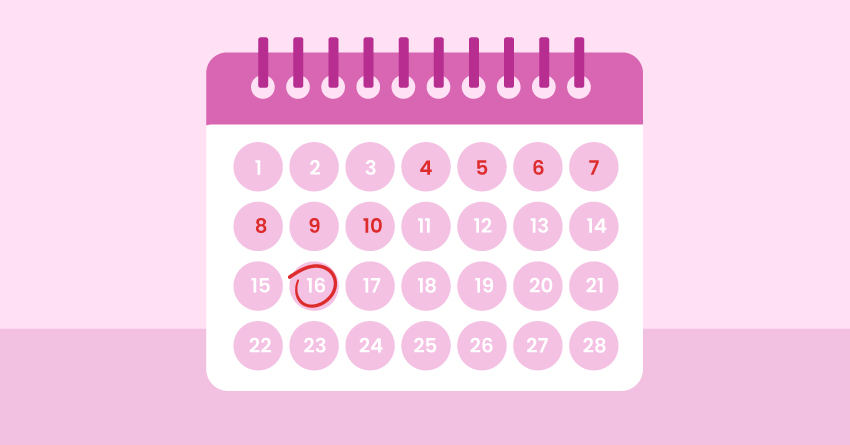
Did you know that your hormones can affect the firmness and appearance of your breasts? When you’re having your monthly menstruation, your boobs may swell up and feel extra sensitive; it’s not recommended to do a breast self-exam during this period. Have the breast self-examination the week after your period ends.
If you have irregular periods or don’t have periods at all, we recommend doing the breast self-exam on the same day every month. Track your results with a journal, so it’s easy to detect any changes.
-
₱120.00
-
₱675.00
-
₱120.00
2Start with a visual inspection.

In a breast self-exam, the first thing you should do is remove your clothes and bra and stand in front of a mirror. Don’t touch or tap your breasts yet; just look at them. Keep your hands to your sides, observe for a few seconds, then raise your arms. See if the ridges of your breasts are symmetrical. If you’re having some difficulty checking your breasts’ appearance, we recommend asking a trusted friend, partner, or a family member to help you with the inspection.
If you see any of the changes below, consult your doctor immediately and get the necessary tests.
- Breast changes in shape, size, color, skin texture, or symmetry
- Dimpling (having a “dimple” or pitted skin in your breasts)
- Inverted nipples (your nipples are pointed inward instead of outward)
- Puckering (a part of your breast gets indented when you raise your arms)
3Use the flat pads of your fingers when pressing your breasts.
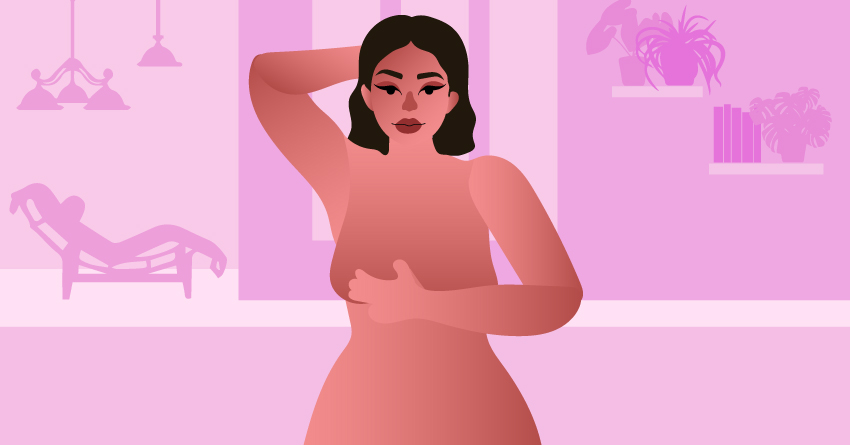
After observing the appearance of your breasts, use three fingers to touch your chest and its surrounding areas. It’s important to use the flat pads of your fingers and not the tips. You can also use another part of your hand if you’re having some difficulty with finger pads; use the backs of your fingers or your palm.
4Use varying pressure levels.
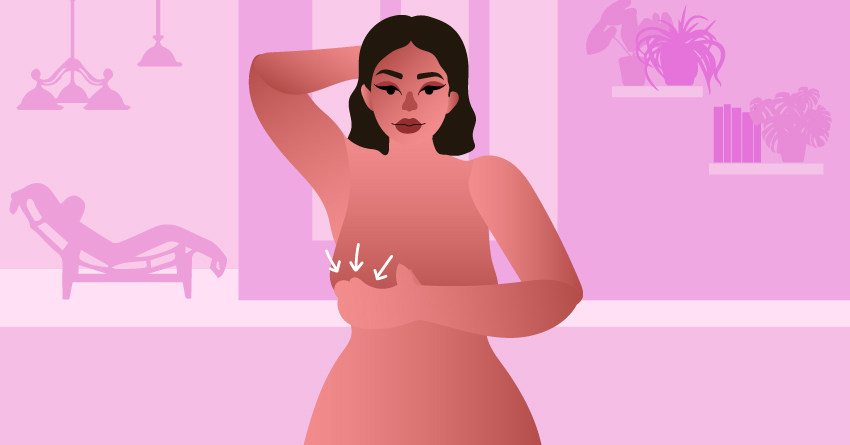
While pressing or massaging the finger pads to your breasts, you should use different pressure levels. You need to feel varying depths to feel all of the breast tissue. This means you’ll need to press or massage a specific area three times before moving to the next part of your breast. Use light pressure first to feel the breast tissues closest to the skin. After that, go for a medium pressure to feel the tissues deeper on the skin, then use firm pressure to feel the breast tissues closest to the chest and ribs.
-
₱7,530.00
-
₱315.00
5Don’t rush the breast self-exam.
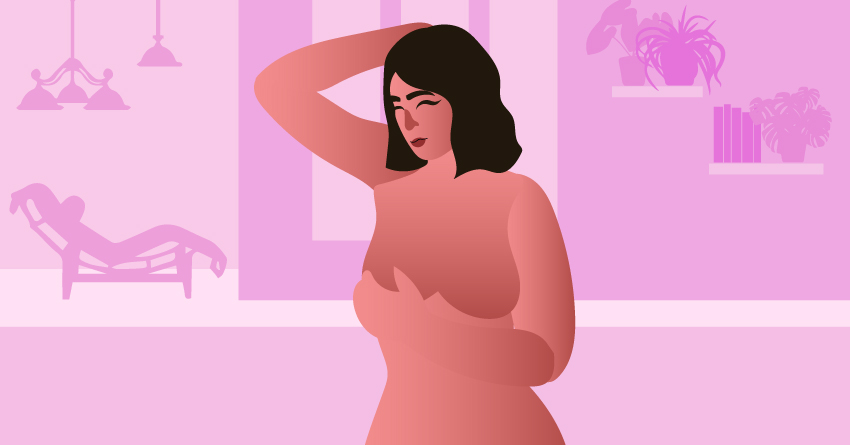
It’s better to allot at least an hour for this process. It’s important to be thorough with observations. If you’re not taking your time, you may miss some areas while touching your breasts.
6Recognize what healthy and normal breasts feel like
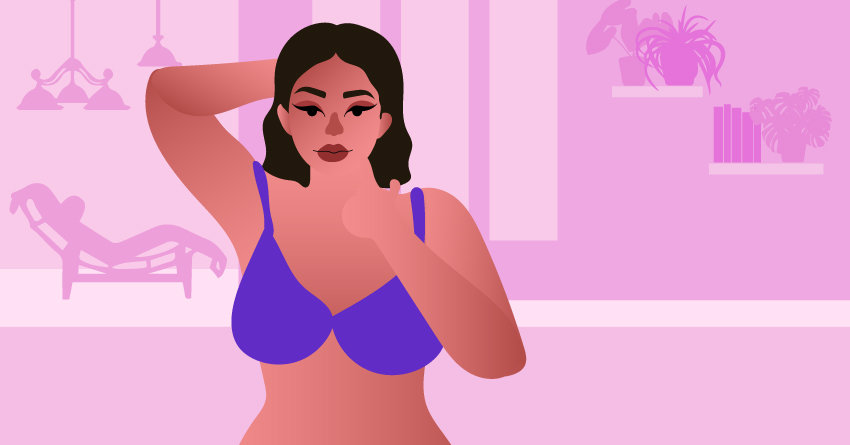
Another important tip to note when performing a breast self-exam is to know what a healthy breast looks and feels like. Remember that breasts will change as you age and may have temporary swelling during your period. This is why we recommend having a journal to track your breast self-examinations. In that way, you can see if a particular bump is just temporary or already a sign of a health condition.
7Follow an organized pattern.
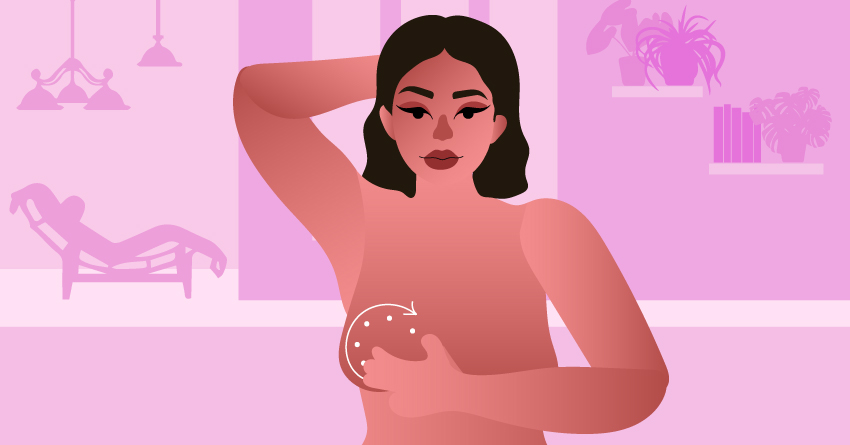
When touching your breasts and checking for lumps, it’s better to use a methodical technique or pattern. This ensures that you’ve touched each part of your breasts, compared to randomly touching spots in your chest. We recommend imagining your breast as the face of a clock or slices of cake. Start with the area near your collarbone, pressing it at varying pressures, then move on to the next part near the nipples, the next spot, etc. You can choose either clockwise or counterclockwise motion when touching your breast.
8Look for any signs of discharge.
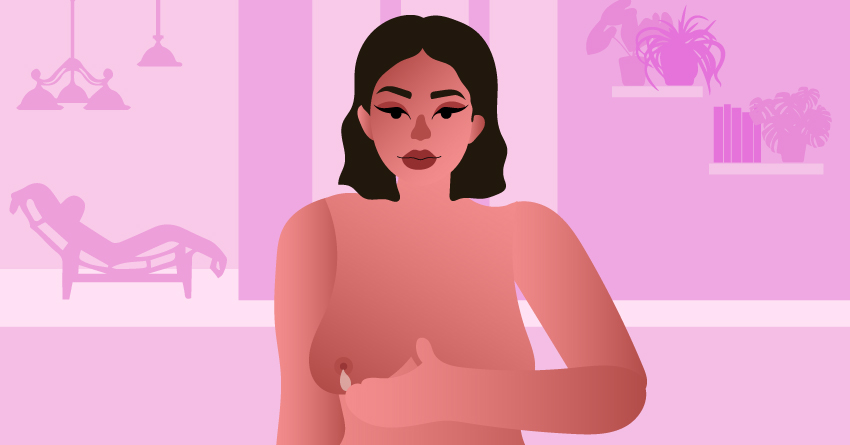
After touching your breasts for lumps and other changes, it’s also important to see if there’s leakage in your nipples. If you’re breastfeeding, it’s expected to see some milky discharge on the area. But if you’re not a breastfeeding mother, or if there’s blood in the discharge, consult your healthcare provider immediately.
9Inspect your breasts while lying down.
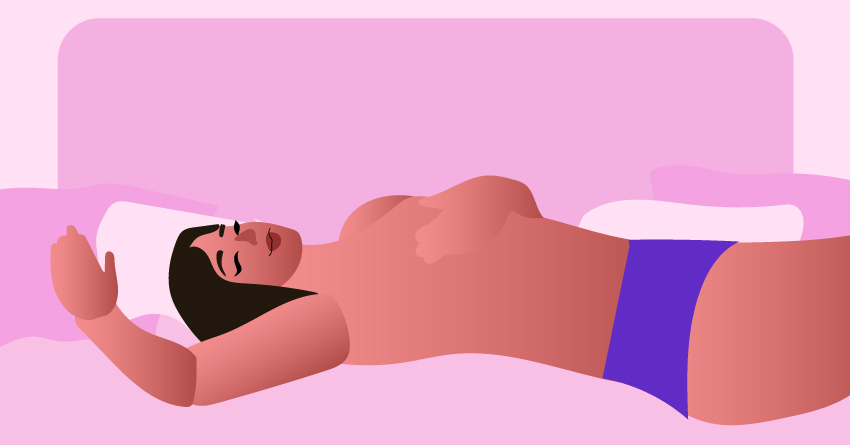
After performing the breast self-exam standing up, you should lie on your back and repeat the exam. Do all of the earlier steps that we’ve mentioned.
Since you’re no longer in the mirror, you can close your eyes and feel every sensation as you press your finger pads on several regions of your breasts. Is there a bump? Do you feel some sort of pain when touching a particular spot? Is there tethered skin in some areas? Take a mental note of that and head over to the doctor’s office.
10Keep calm if you think you feel a lump in your breast.
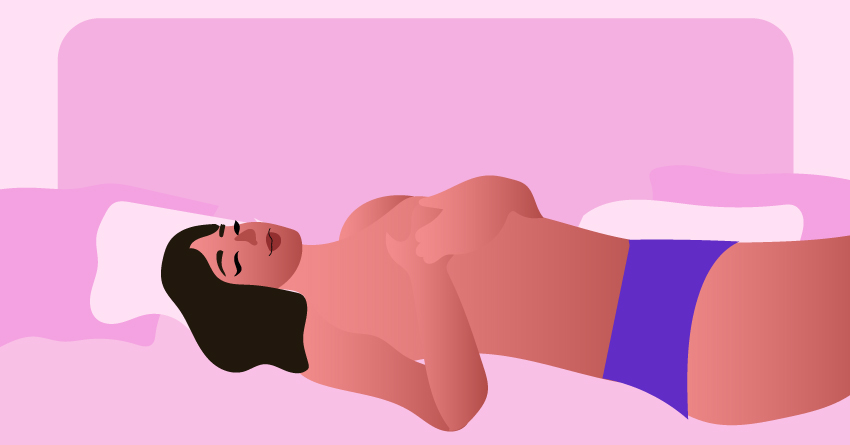
Most women have some lumps or lumpy areas in their breasts all the time, and most breast lumps turn out to be benign (not cancer). There are several possible causes of noncancerous breast lumps, including normal hormonal changes, a benign breast condition, or an injury. It’s best to keep yourself calm if you encounter any bodily changes and contact your healthcare provider for pressing concerns.
11Contact your doctor when there are questionable breast changes.
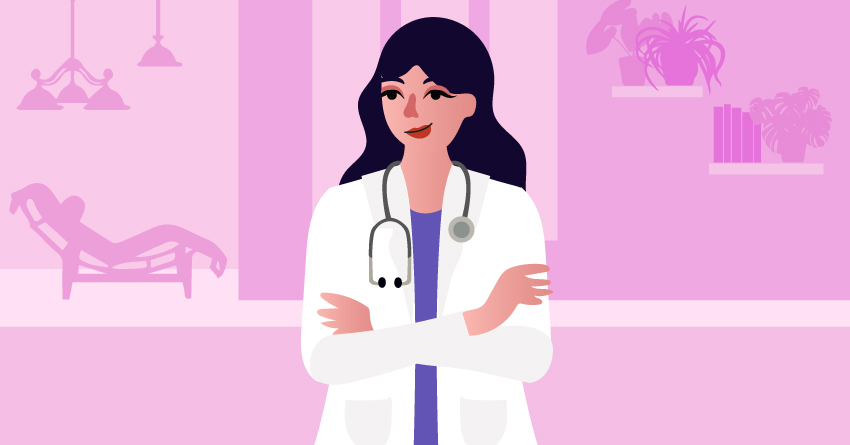
If you notice the following changes in your breasts, consult your gynecologist or primary care doctor. Below are some of the signs in your breasts that need further consultation.
- Persistent swelling, itching, and rashing
- Redness and soreness
- Dimpling or puckering
- Ridges and bulges on the skin of your breast
- Pain when touching your breasts
- Nipple discharge
- Changes in skin texture, size, firmness, and symmetry
- Other major changes in the breasts and nipples
-
₱429.00
-
₱439.00
12Know when a breast lump is an emergency.
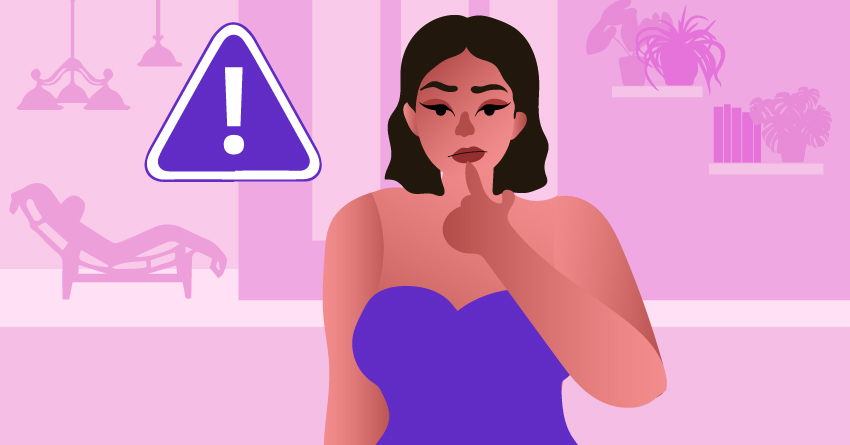
A breast lump along with other signs could mean you should seek emergency care. If you have breast cancer that has begun to spread, an appointment can’t wait. It’s best to seek urgent medical care if you have a hard breast lump and you are experiencing bloody nipple discharge your nipples, have changed appearance or become inverted you have a fever the glands under your arms are swollen.
13Schedule your breast self-exams.
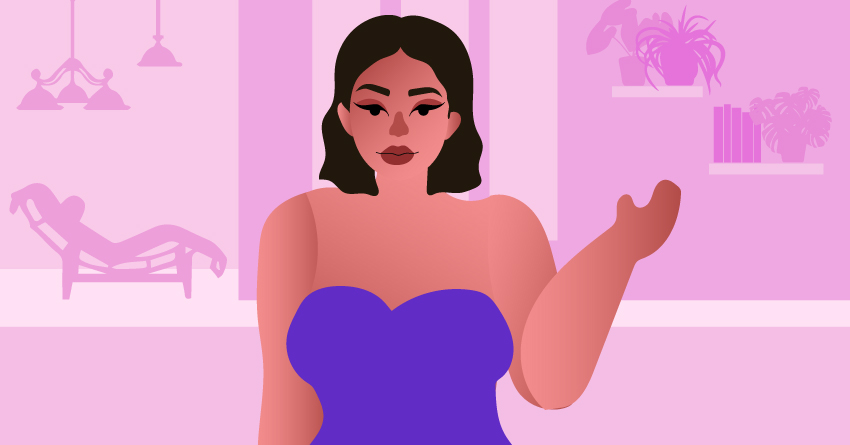
Remember that doing a breast self-exam isn’t a one-time thing. You need to regularly do it. This is why it’s important to schedule a time wherein you can perform a breast self-examination; do it once a month.
-
₱200.00
14Familiarize with your breasts’ different “neighborhoods.”

Aside from checking your breasts, you also need to check the parts surrounding your breasts, such as the skin near your armpit and neck. There are cases wherein lumps connected to breast cancer aren’t located in the breast itself but in the nearby regions.
15Have a journal to record the findings of your breast self-exams.
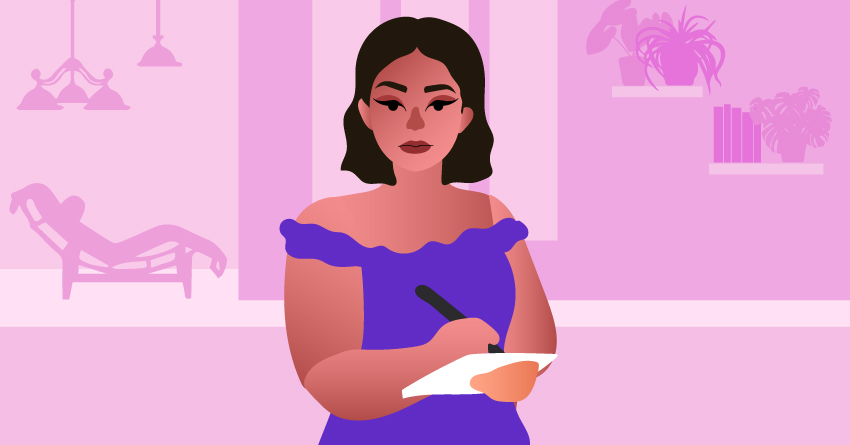
Aside from regularly having breast self-exams, it’s important to have a physical or digital journal to keep track of the condition of your breasts. Take note when you feel a lump and some irregularities; then, you can check after a month and see if the lumps are temporary or if it’s something you should consult your doctor about.
-
₱3,250.00
-
₱1,800.00
-
Original price was: ₱2,445.00.₱1,956.00Current price is: ₱1,956.00.
-
Original price was: ₱2,495.00.₱1,445.00Current price is: ₱1,445.00.
Breast Self-Exam Limitations & Risks
Surely, a breast self-exam can be a safe way to be more familiar with the normal feel and look of your breasts. But there are some limitations and risk to it such as:
1 You may still need additional examinations to check your breasts.
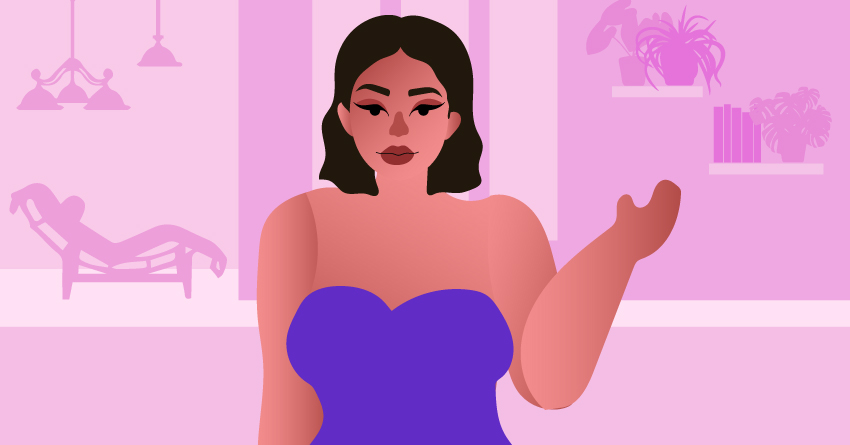
If you discover a suspicious lump, you may end up having imaging test such as a diagnostic mammogram or a breast ultrasound, or a procedure to remove breast tissue for examination (biopsy). If it turns out the lump was noncancerous (benign), you might feel that you’ve undergone an invasive procedure unnecessarily.
2Anxiety caused by finding a lump.
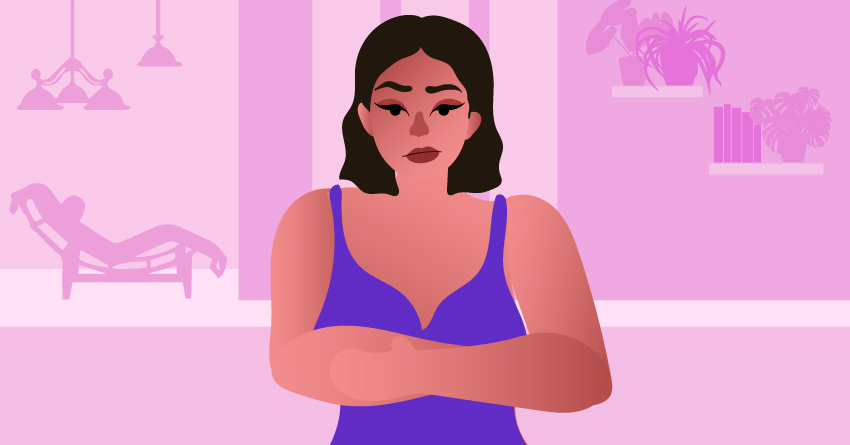
Majority of lumps women find in their breasts aren’t exactly cancerous. But still, finding something suspicious in your breast can make you anxious about what it may mean. You may endure many days of worry until you can see your doctor.
3Relying too much on of self-exams.
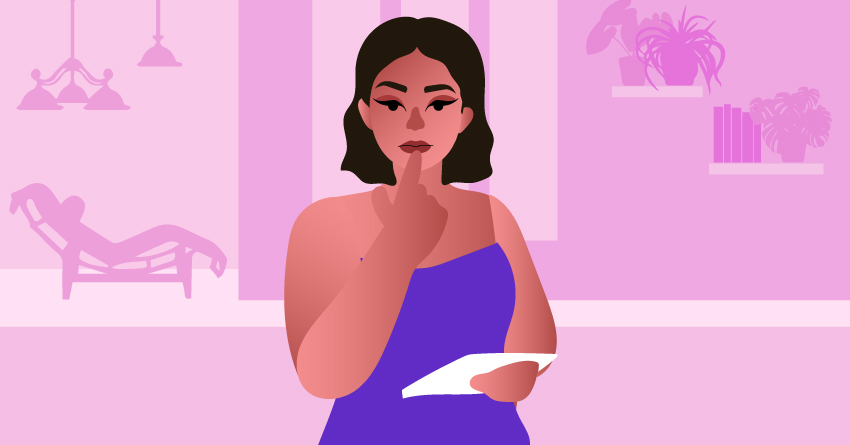
While it can be highly beneficial, a breast self-exam isn’t a substitute for a breast exam by your doctor (clinical breast exam) or a screening mammogram. Becoming familiar with the normal look and feel of your breasts can supplement breast cancer screening, but can’t replace it.
Different Kinds of Breast Lumps
Don’t be worried if you discover a lump in your breast during your exam because lumps aren’t always a sign of a serious condition. Most breast lumps aren’t caused by cancer, especially if you’re under 40 years old and haven’t had breast cancer in the past.
Breasts are made up of many parts, including nerves, blood vessels, connective tissue, epithelial tissue, milk glands, milk ducts, and fat. Altogether, these can make breasts feel quite uneven and lumpy. So to further explore this topic, here are the different kinds of breast lumps you should know:
1Hard Breast Lumps
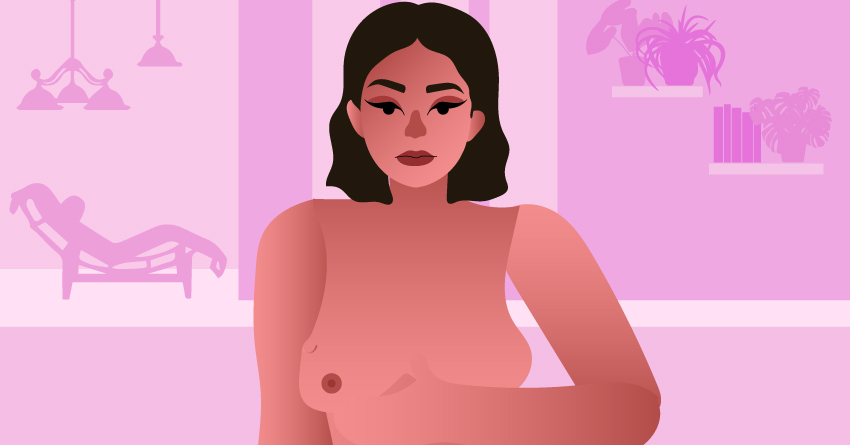
Hard breast lumps will feel different from your typical breast tissue. They often have several harmless causes, including hormonal changes during your menstrual cycle and clogged milk ducts. In general, noncancerous lumps will be easy to move and roll between your fingers. Lumps you can’t move and roll with your fingers have a greater chance of being cancerous and cause concern.
2Benign Breast Lumps

A variety of conditions can cause lumps in your breast tissue. Some causes, such as menstrual cycle changes, can create breast lumps that form briefly and go away independently. Other causes might need medical attention but are not cancer.
Some of the common and benign reasons for breast lumps are cysts which are fluid-filled sacs and are tender to the touch. Another would be lipomas. Lipomas are painless fatty lumps that can form in the breast tissue. Another would be a fibroadenoma, which is benign lumps that will be hard and round. Sometimes, doctors will biopsy or remove these lumps to be sure they’re not cancerous. And in many cases, they can be left untreated without causing harm.
-
₱2,445.00
-
₱4,990.00
-
₱3,400.00
-
₱5,700.00
3Precancerous Breast Lumps
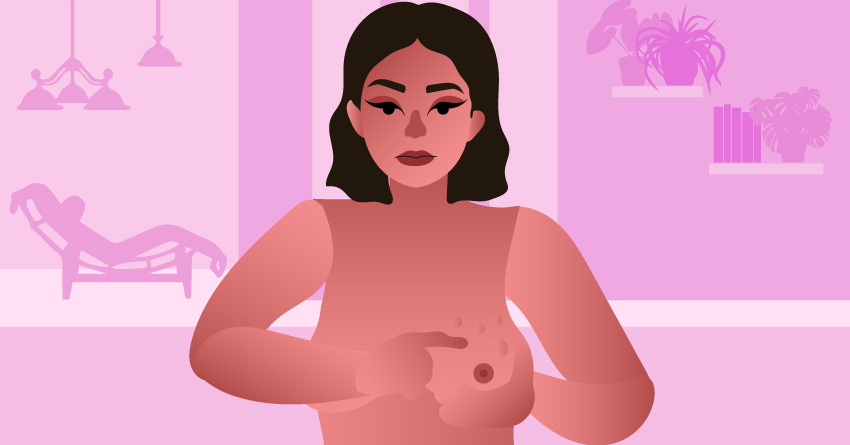
If these lumps don’t get treatment, they can increase your risk of cancer or even progress into cancerous tumors. Some breast lumps are caused by conditions that aren’t cancer but still call for medical attention.
The common types of precancerous breast lumps include intraductal papillomas, which form in the milk ducts and are usually benign. However, they are associated with an increased risk of cancer. They often cause nipple discharge along with lumps. And breast hyperplasia can be located in the fatty tissue of your breast (lobular hyperplasia) or the ducts (ductal hyperplasia). It causes lumps that aren’t cancerous but can become cancerous without treatment. Hyperplasia lumps need to be removed as soon as possible.
4Breast Cancer Lumps
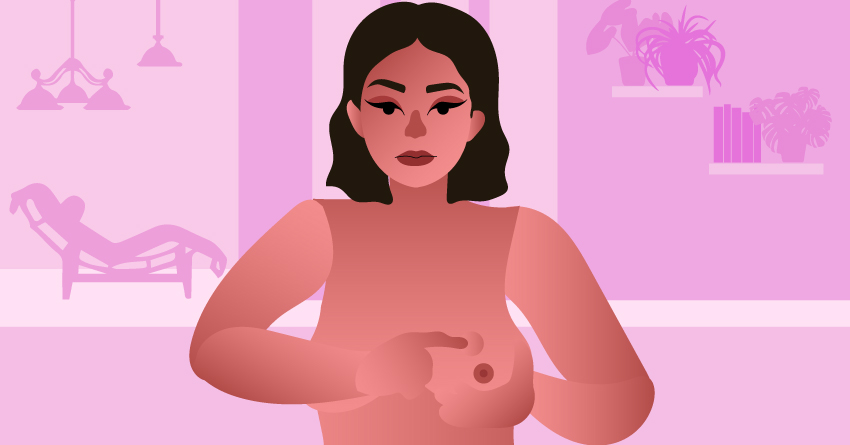
Breast cancer lumps are caused by atypical breast tissue cells that can grow and spread to the rest of your breast, lymph nodes, and other organs, which makes these types of lumps invasive. Early breast cancer usually doesn’t have any signs or symptoms because of its small size.
And in these cases, it’s most commonly identified on routine screening tests. When breast cancer advances, it often first appears as a single, hard, one-sided lump or thick area under your skin with irregular borders. Unlike benign lumps, you generally can’t move a breast cancer lump with your fingers. Breast cancer lumps usually aren’t tender or painful to the touch. They most often appear in the upper section of your breast in the area toward your armpit. They can also appear in your nipple area or the lower half of your breast.
Frequently Asked Questions
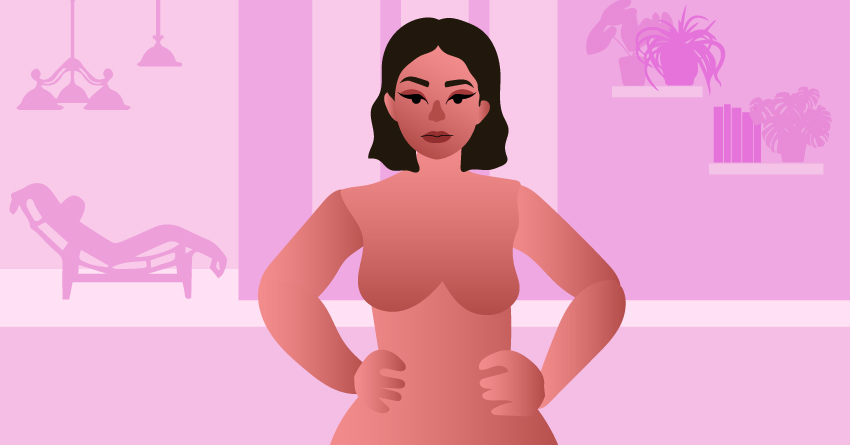
We understand your further curiosity on this topic, so we have listed some common questions regarding the breast self-exam:
1What do I do if I find a lump?
Don’t panic. If there’s a lump, it doesn’t mean that you already have breast cancer or other serious health condition. It can be temporary due to your hormones, or it could be a benign tumor, which is a noncancerous growth in your body. Consult your doctor and see what caused that bump for your peace of mind.
2How do I know if my breasts are healthy and normal?
Plenty of women find lumps or changes in their breasts since some of these are normal changes that occur at various points in the menstrual cycle. Finding a change or lump in your breast is not a reason to panic. Breasts often feel different in different places. A firm ridge along the bottom of each breast is normal, for instance. The look and feel of your breasts will change as you age.
-
₱150.00
-
₱150.00
-
₱150.00
-
₱150.00
3How often should I do the breast self-exam?
Adult women of all ages are encouraged to perform breast self-exams at least once a month. While mammograms can help you detect cancer before you can feel a lump, when you perform breast self-exams, you become more familiar with how your breasts look and feel so you can alert your healthcare professional if there are any changes.
4How do I keep track of my breast self-exams?
The best way to keep on track with your breast self-exams is by keeping a physical or digital journal. Take note of every change that goes through your breasts.
-
₱9,500.00
-
₱12,600.00
-
Original price was: ₱4,745.00.₱4,270.50Current price is: ₱4,270.50.
-
₱12,645.00
5How to make breast self-exam part of my daily schedule?
The answer is quite simple: make it a routine. The more you perform breast self-exam, the more you will learn about them, and the easier it will become to tell if something has changed. Try to get in the habit of doing a breast self-examination once a month to familiarize yourself with how your breasts normally look and feel. Examine yourself several days after your period ends, when your breasts are least likely to be swollen and tender. If you no longer have periods, choose a day that’s easy to remember, such as the first or last day of the month.
Takeaway
Performing breast self-exam is a great way to monitor the well-being of your breasts. Many breast cancer symptoms are invisible and not noticeable without a professional screening, but some symptoms can be caught early just by being proactive about your breast health and being observant when you perform breast self-exams.
If you find a lump or any drastic changes, make an appointment with your healthcare provider to have your breast professionally examined.
Share this post to help spread awareness and for more guides like this, feel free to visit the Lauvette page!
